Formalisms for the representation of contextualized ontologies In most of the cases, knowledge consists of a set of statements which are true only in a particular set of situations, often called context. In AI there has been a lot of work in defining general formalisms for the representation and reasoning about contextualized knowledge (e.g., logic of contexts, and Multi Context Systems). The objective of this research is to specialize these formalisms in order to represent contextualized knowledge in the semantic web. The peculiarity of this research stands in the fact that languages for Knowledge Representation of the semantic web are limited in the expressivity but they provide many advantages on the computational level. Within this activity we will define both a theoretical approach, called “contextualized knowledge repository” as well as an implementation on top of Sesame 2 RDF store.
Formalisms for the combined representation of logical and statistical knowledge Humans solve the problems of interpreting multimedia documentation by both exploiting structural regularities in the data, as well as making use of common sense and specialized knowledge that explicitly represents the meaning of data. In spite of this simple observation, current approaches to processing content over the Internet are based either on a statistical approach, which exploits the regularities of the content encoded in a statistical model, or, alternatively, by logical approaches, by exploiting logical knowledge encoded via logical theories (such as ontologies). In both cases this unilateral approach leads to a limitation in the performance or in the quality of the results. We believe that combining statistical knowledge with logical knowledge in a unique system would improve the efficiency and the effectiveness of content management applications. This research line aims at investigating how statistical and logical knowledge can be combined and exploited in content and knowledge management, by proposing or extending a theoretical paradigm, test it in three use cases in the area of machine translation, content extraction from text, and image object recognition, and in case of positive results applying it to a real case scenario.
Research topics: Knowledge representation
